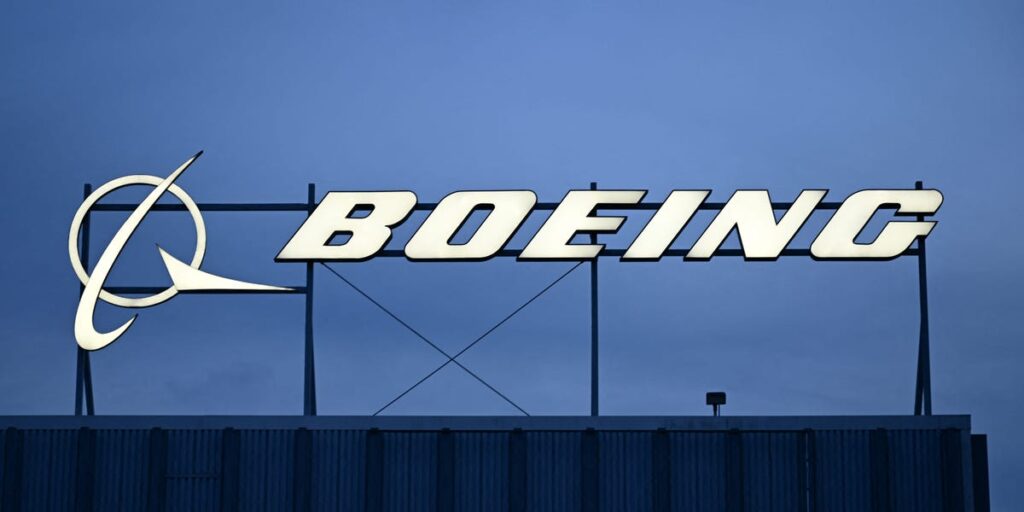Stranded astronauts
NASA
The aerospace company faced another high-profile problem in June when NASA astronauts Butch Wilmore and Suni Williams traveled to the International Space Station on Boeing’s CST-100 Starliner spaceship. It marked the first time Boeing flew astronauts to space.
The astronauts left Earth on June 5 and were supposed to return after eight days, but issues with Starliner’s thrusters and helium leaks caused delays. NASA and Boeing began troubleshooting the problems to bring Wilmore and Williams back home. However, in late July, the two astronauts were still stuck at the International Space Station.
NASA’s Commercial Crew Program manager, Steve Stich, said in a press briefing that month that Elon Musk’s SpaceX could bring home the astronauts if needed. After working with Boeing to determine whether the two astronauts could safely return to Earth on Starliner, NASA announced in August that it chose SpaceX to do the job instead.
“Spaceflight is risky,” NASA Administrator Bill Nelson said during a press conference. “Even at its safest. Even at its most routine. A test flight, by nature, is neither safe nor routine. So, the decision to keep Butch and Suni aboard the International Space Station, and bring the Boeing Starliner home un-crewed, is a result of a commitment to safety.”
The decision was a major blow to Boeing, which spent $4.2 billion developing Starliner. Wilmore and Williams’ flight was the final step Boeing needed to clear for NASA to certify Starliner for human spaceflight. It highlighted just how far Boeing lags behind its competitor, SpaceX.
Wilmore and Williams are now expected to return to Earth in 2025 on SpaceX’s Crew Dragon spaceship, which launched for the International Space Station in September.

